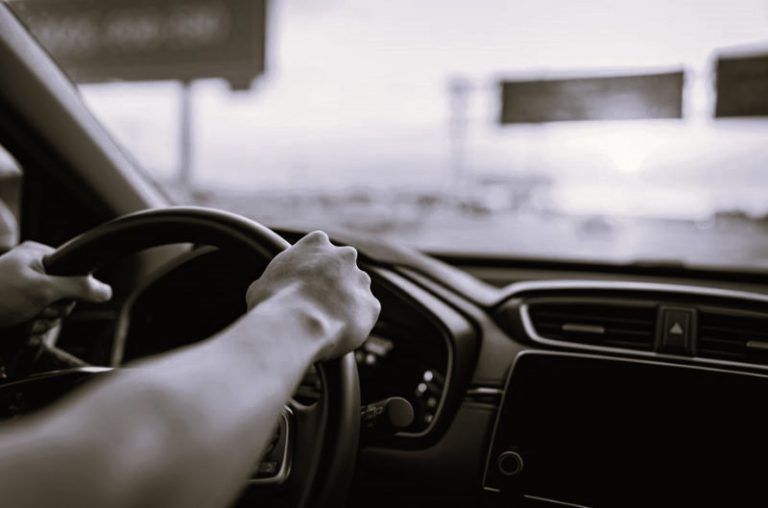
Eye-witness testimonies are an essential component of many trials. They are a fundamental piece of evidence that in many cases are often necessary for the police to secure a conviction, and some cases cannot proceed without them. The reliability of eye-witness testimonies is always a concern. There have been cases when eye-witness testimonies have been falsified in order to manipulate the outcome of a trial. Eye-witness testimonies, for those who do not know, are when a person who has alleged to have witnessed a crime attends court and points and names the defendant as the person responsible for having committed the crime in question.
Eye-witness testimonies have a huge impact on the outcome of a trial; a person standing in front of a judge and jury and pointing at a defendant and declaring ‘He’s the one who committed the crime’ has a huge influence on the jury and ultimately is a massive part of how the jury come to the decision to find the defendant guilty (or not guilty). Eyewitnesses are a feature of most trials and providing the eye witness is honest and reliable, is a great way of securing convictions against offenders. Although, there is always the potential that an eye-witness testimony may be falsified.
This page will hope to explain how reliable eye witness testimonies are.
Evidence
It is first important to mention that should you find somebody on the stand accusing you of having committed something – or have been at fault in a civil claim, you must compile evidence. Because memories are faulty and people sometimes lie, Jeffrey Preszler of PreszlerLaw-NS.com says it’s important to gather as much evidence as possible to support your accident claim. This is a sentiment that we share. It is absolutely essential that should you be falsely accused by somebody who confidently stands in a witness booth and names you as the aggressor in a situation – or the person at fault – that you find and compile as much evidence as you can to support a counter-argument. A witness testimony can be very convincing and can in many cases win over the jury. Because of how persuasive an eye witness testimony can be, you will have to come up with as much evidence to prove the person is a liar (or misremembering what happened). You can do this through CCTV; DNA; counter-testimonies; photographs, and other types of evidence.
Reliability
The question of the reliability of a witness is a very important one; a witness will likely determine the outcome of a trial with their testimony, so it is essential that they can be deemed reliable. If a witness is not reliable, then it compromises the entire trial and could result in a mistrial or a retrial. A witness who has been found to be lying can be sentenced to custodial time in prison, as well as large fines, and other community orders. Below we will discuss a few points that call into question the reliability of eyewitnesses.

Reconstructions
The reason that many eyewitnesses are not questioned on their accounts stems from the belief that memories cannot be altered, and that because somebody is honest, they must automatically be telling the truth. This is, unfortunately, not the case, and even the most well-meaning and honest of us can easily provide false evidence in a trial simply through the mind re-constructing an event that did not happen the way it believes it did. The human memory does not work like a recording device that instantly plays back events, but rather, it pieces together fragments of memory and the person remembered the event fills in the rest. The human mind is more like a puzzle than it is a recording device. People can very easily misremember something, and when this comes to a trial, a person’s life could be irrevocably changed because of a sentence being issued to them that was not justified.
It is these reconstructions that highlight how unreliable an eye witness can really be. The person does not have to be malicious to do this, and rather, it is just human, and something that nothing can be done about.
Malicious Accounts
There is also the potential that somebody may have an ulterior motive and maybe falsifying their testimonies to cause harm to the person they are testifying against. Malicious accounts in court are not common, but they do happen, and likely happen frequently without detection at all. There have been cases where witnesses have lied on the stand to secure the conviction – or prevent the conviction of innocent people and offenders, respectively. Malicious accounts given in court to manipulate the outcome of a trial can bring about huge prison sentences should the person be caught out on their lies.
Errors
There are many different errors that can occur that can cause a false eyewitness testimony. Some of them include:
- · Stress—Stress as the scene of a crime is completely normal, and for many is too much to deal with; because of this, they falsify events in their head, misremember, or make things up. The stress of a crime scene (or identification process) can lead to eyewitnesses giving false testimony.
- · Weapons—Weapons at the scene of a crime can also further stress the witness out, meaning they are less likely to pay attention to the offender, and more to the weapon. This can mean they give false evidence unintentionally through heightened stress.
- · Disguise—Disguises are the most common reason witnesses give incorrect testimonies. A disguise can confuse a person and make them give an incorrect description of an offender.
- · Distinctive features—A lack of distinctive features can lead to a false eye witness testimony. When people do not have identifying features, an eye witness can very easily construct an idea of the person in their head (and even imagine distinctive features that do not exist). A lack of distinctive features can be a massive problem.
Now, with the help of this page, you should be able to understand why eye witness testimonies are not always reliable. In many cases, they can be very beneficial, providing distinctive features exist and the witness remembers the event clearly – although this is not often the case, and for this reason, many questions whether or not eye witness testimonies are suitable and should exist.







